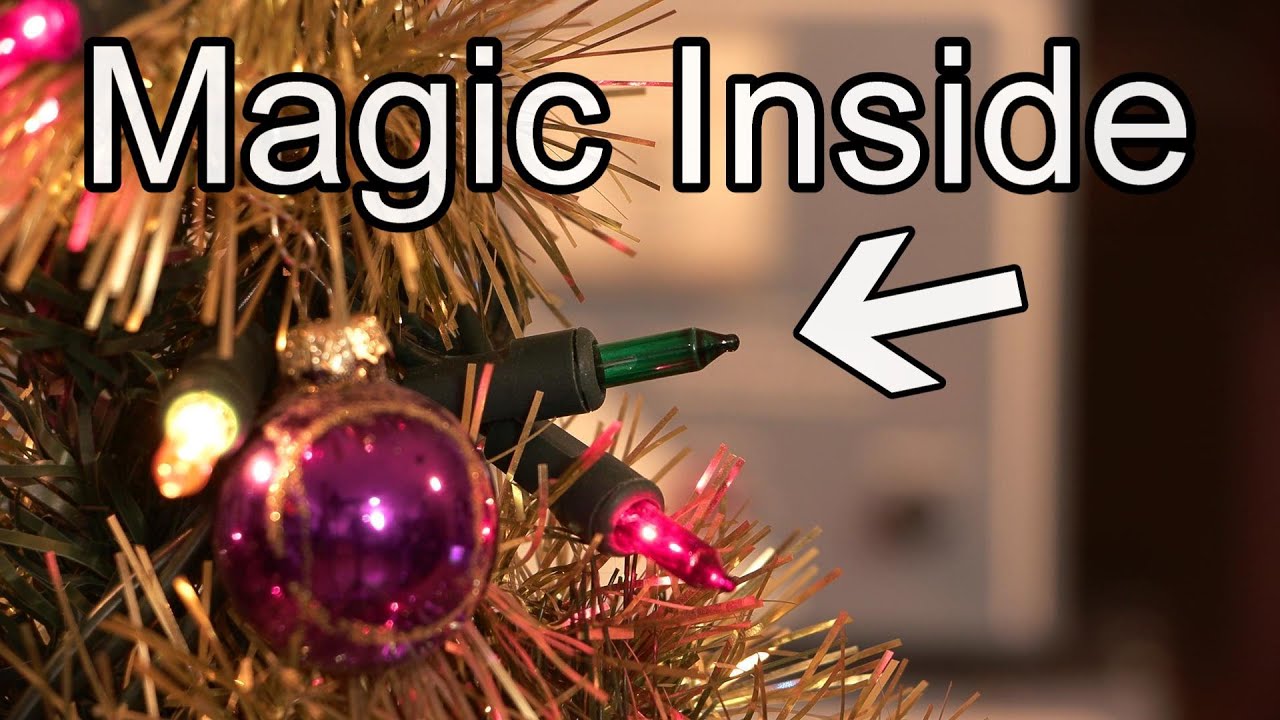Wiring Christmas tree lights in series saves money, as only one wire runs between bulbs, and also reduces clutter compared to parallel connection which would require two wires. But, with a series connection, if one incandescent bulb burns out, making an open circuit, the whole string of lights would go dark, and you’d have to test the lights one by one until you found which one had failed—not fun. In recent years, before incandescent lights were largely supplanted by LEDs, small incandescents appeared where the other lights would continue to work when one or a few lights in the string burned out. How did they do that?
(The clever gimmick explains the mystery with these lights about which I wrote in 2004’s “Fourmilab’s Coruscating, Actinic, (partially) Nuclear-Powered Christmas Lights”. How is it possible, when repairing a dead string of lights, that sometimes you find multiple burned out lights in one string? Once you understand the trick, you’ll twig to how this is possible and also why tapping the string of lights against a window or other hard object will sometimes fix it, for a while at least.)
